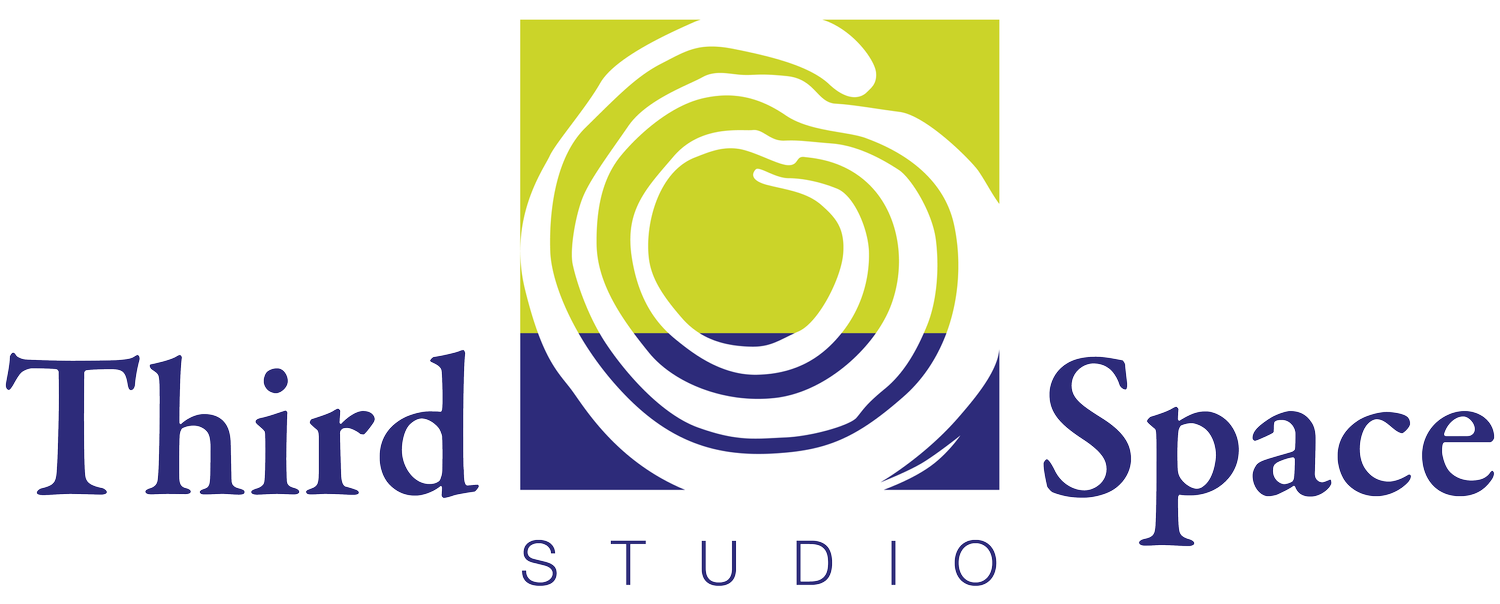Transparency
Photo from Unsplash by drmakete lab
For the last few weeks, we've been sharing our thoughts about how to build a strong team, be it one that works in-person, remotely, or in a hybrid fashion. We’ve been hearing lots of leaders lament the days of working in-person, believing that their team will be more effective if they return to the office. While being an in-person team might be easier, we believe that it is intentional practice that creates a strong team. We’ve talked about belonging, alignment, and accountability. This week we focus on transparency.
Transparency in the workplace means fully and honestly sharing all facts, information, and context so that people have the information that they need to effectively make decisions and take action to benefit the organization and its people.
In transparent organizations, individuals readily share feedback with one another, and leaders openly share company information. Transparency covers more than feedback and formal policy; it means sharing what decisions have been made and the rationale behind those decisions. It means that everyone in an organization is willing to “show their work” granting others access into their process. It means having regular conversations about the context – both the opportunities and the threats – surrounding the organization. It means inviting staff to discuss the present and define the future. It means not only sharing what is going well, but revealing the struggles, unflattering information, conflicts of interest, and biases. Being transparent means sharing what people want to hear as well as what they may be disappointed to know. It means creating space for criticism and dissenting viewpoints.
Transparency generates trust and fosters an environment where people are willing to share direct and honest feedback. A culture of transparency helps employees feel valued and encourages creativity. Transparent organizations can be less stressful places to work, and they're better equipped to navigate uncertainty and complexity. Transparency is the foundation for sharing leadership and power.
If transparency is so beneficial, why is it so rare? Transparency demands a willingness to be vulnerable. It also means that leaders must negotiate the levels of direction, protection, and order that they can give to their teams. When the future is uncertain, leaders cannot provide clarity and security. It can be easier to withhold information than to engage with the team’s anxieties and questions.
Being transparent also requires the willingness to engage with multiple truths and interpretations. What one person sees and experiences, may not be the same as others. Based on our organizational positions and life experiences, we may have different interpretations of the same information. Being transparent means engaging with multiple interpretations.
The final challenge is that many of us have had bad experiences with unbounded transparency. People who have experienced a toxic workplace culture with political maneuvering, backstabbing, gripping, and harassment have heard the “I was just being honest” justification. Defining clear boundaries of what serves the organization and its people, what is constructive, and what are the limits creates the good kind of honesty and transparency.
Next week, in our final newsletter of this series, we'll dive into decision-making.
Five Practices to Foster Transparency
Get clear about your organization’s boundaries on transparency. For example, in the last couple of years, many organizations have decided to openly share both pay scales and individual salaries as a way of promoting equity. Other organizations have decided that sharing salaries does not benefit employees. Are you an open book management organization that fully shares the budget and financial statements? Determine your boundaries and share those boundaries and the rationale with your team.
Ensure that all staff have easy access to essential organizational information be it the budget, personnel policies, strategic plan, work plans, organizational playbooks, and more. Regularly discuss what is available and what is needed.
Invite everyone in the organization to openly and frequently share their feedback with one another. Practice calling people into the organization’s values and expectations rather than calling out people for violations. People are more likely to share if they are not risking public shaming.
Build the team’s capacity for tough conversations. There are lots of good models out there: Crucial Conversations, Difficult Conversations, In It Together. Find one that fits your culture and use it regularly. Train all staff to use the chosen framework.
Model vulnerability. Share your biases, mistakes, and embarrassments as a way of creating a culture where it is okay to bumble and be uncomfortable. Being an equitable place to work demands that all of us engage in shifting our mindsets and behaviors – uncomfortable work.

